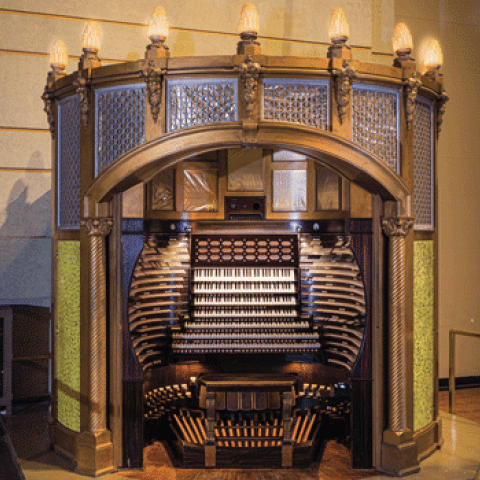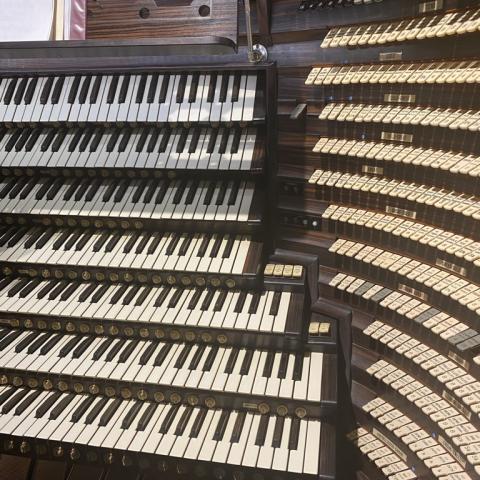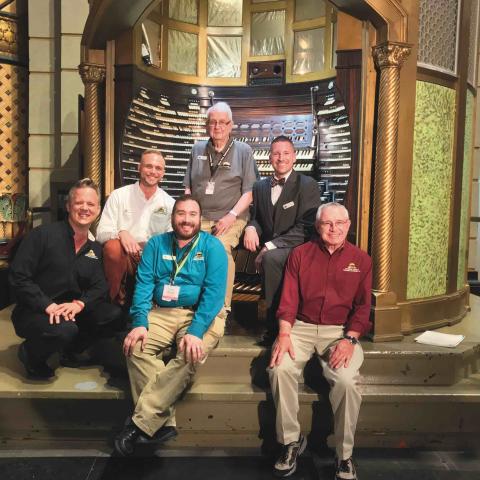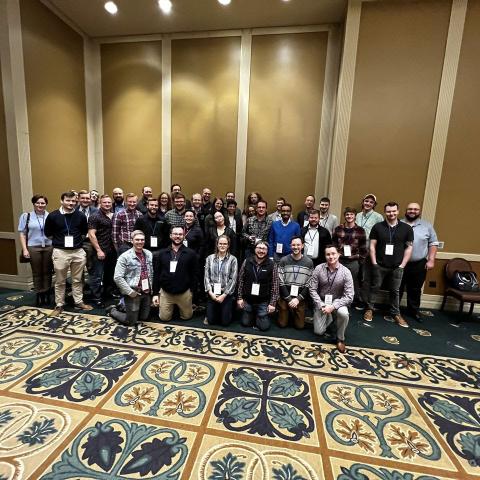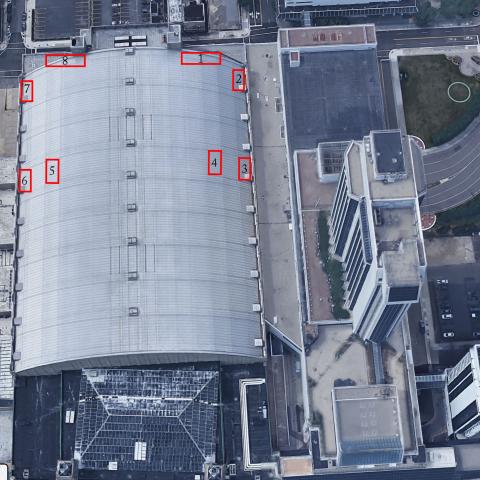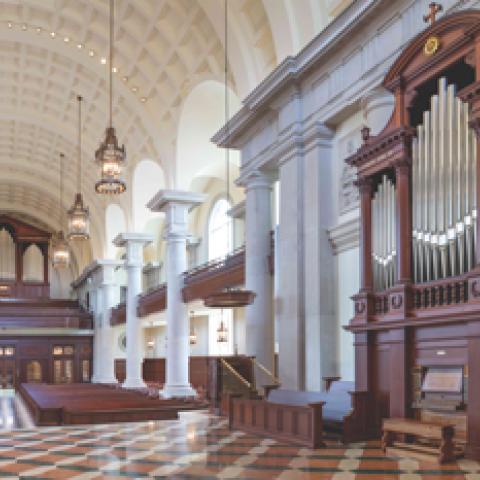Tucked within the walls of Jim Whelan Boardwalk Hall, originally known as the Atlantic City Convention Hall, is an instrument of colossal proportions boasting seven manuals, 449 ranks, and some 33,112 pipes. Built between 1929 and 1932 by the Midmer-Losh Organ Company of Merrick, Long Island, the organ is a monument of music and technology.
Read the complete story of the auditorium and the organ in the November issue of The Diapason:
https://www.thediapason.com/content/cover-feature-91
Further information about the Midmer-Losh and Kimball pipe organs, including detailed specifications and documentation, can be found at www.boardwalkorgans.org.

